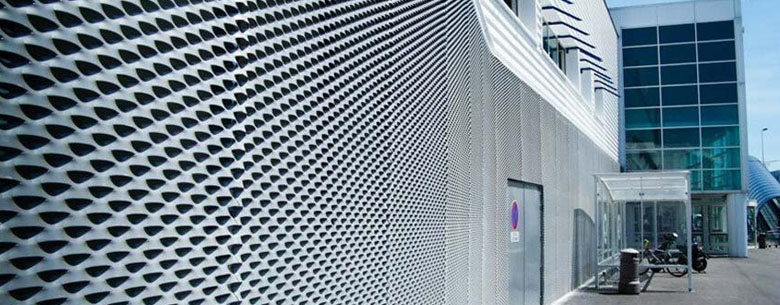The Sound Fence A Barrier Against Noise Pollution
In an age where urbanization is on the rise, noise pollution has become an increasingly pressing issue. City dwellers often find themselves battling the cacophony of bustling streets, honking cars, and relentless construction work. It is in this context that innovative solutions like the sound fence have emerged, providing a promising approach to mitigate noise pollution and enhance the quality of life in urban environments.
A sound fence, essentially, is an acoustic barrier designed to absorb and deflect unwanted noise. These structures are typically made from materials specifically engineered to minimize sound transmission, such as recycled plastic, wood, or specially treated concrete. Unlike traditional fences that merely serve a physical purpose, sound fences focus on a primary goal noise reduction. They are strategically placed along highways, railways, and other noisy establishments to shield residential areas from disruptive sounds.
The effectiveness of a sound fence can be attributed to several factors, including its height, length, and the materials used in its construction. Research indicates that a taller fence usually provides better sound insulation; however, it is crucial to balance the aesthetics and the practical aspects to avoid overwhelming the surrounding landscape. Designers often collaborate with architects and urban planners to ensure that these barriers blend seamlessly with their environment while serving their soundproofing purpose.
One might wonder, however, how do sound fences actually work? The basic principle behind their functionality is related to sound waves. When sound waves encounter a barrier, they can either be reflected, absorbed, or transmitted. Sound fences are designed to maximize the reflection and absorption of noise while minimizing its transmission. By combining dense materials that absorb sound with structures that reflect it, these barriers can significantly decrease the decibel levels reaching nearby residences.
sound fence

Beyond their acoustic benefits, sound fences also carry environmental advantages. Many modern sound fences incorporate eco-friendly materials, contributing to sustainability efforts. For instance, recycled materials not only reduce waste but also minimize the carbon footprint associated with manufacturing new products. Additionally, many sound fences are designed with vegetation in mind, allowing plants to grow along their surfaces, which further helps to absorb sound while adding a touch of greenery to urban settings.
The implementation of sound fences has shown to improve the living conditions of many urban residents. Studies reveal that reducing noise pollution can lead to numerous health benefits, including decreased stress levels, improved sleep quality, and reduced risks of cardiovascular diseases. Communities that have invested in sound fences often report a greater sense of peace and tranquility, effectively transforming their neighborhoods into more enjoyable places to live.
However, the installation of sound fences is not without its challenges. The initial cost can be significant, and urban planners must navigate complex regulations and community concerns. Furthermore, ongoing maintenance is necessary to ensure the continued effectiveness of these barriers, requiring a commitment from local governments and residents alike.
In conclusion, sound fences present a viable solution to the growing problem of noise pollution in urban areas. By strategically employing these acoustic barriers, cities can reclaim a measure of peace for their residents, fostering healthier living environments. As urbanization continues to expand, the need for innovative solutions like sound fences will become ever more critical in the pursuit of sustainable, livable cities. By embracing such concepts, we can work towards a future where the serenity of our surroundings is preserved, providing a much-needed refuge from the noise of the modern world.
-
Turn Down the Noise: The Future of Highway Sound Barriers
NewsApr.09,2025
-
Silence the Sound: The Power of Highway Noise Barriers
NewsApr.09,2025
-
Reduce Road Noise Effectively with Highway Noise Barriers
NewsApr.09,2025
-
Noise-Free Living: How Highway Barriers Make a Difference
NewsApr.09,2025
-
Engineered for Silence: Highway Noise Barriers for Every Road
NewsApr.09,2025
-
Effective Noise Control: Highway Barriers for a Quieter Tomorrow
NewsApr.09,2025
Subscribe now!
Stay up to date with the latest on Fry Steeland industry news.

